A new ruling by the Suzhou Intermediate People's Court (Jiangsu) has rejected Xiaomi Auto's appeal in the "false advertising" case involving the carbon fiber hood detail on the SU7 Ultra. The focus of the case lies in the advertised item "dual air duct design" to guide air to cool the rims, but customers reported that this detail has almost no function as advertised.
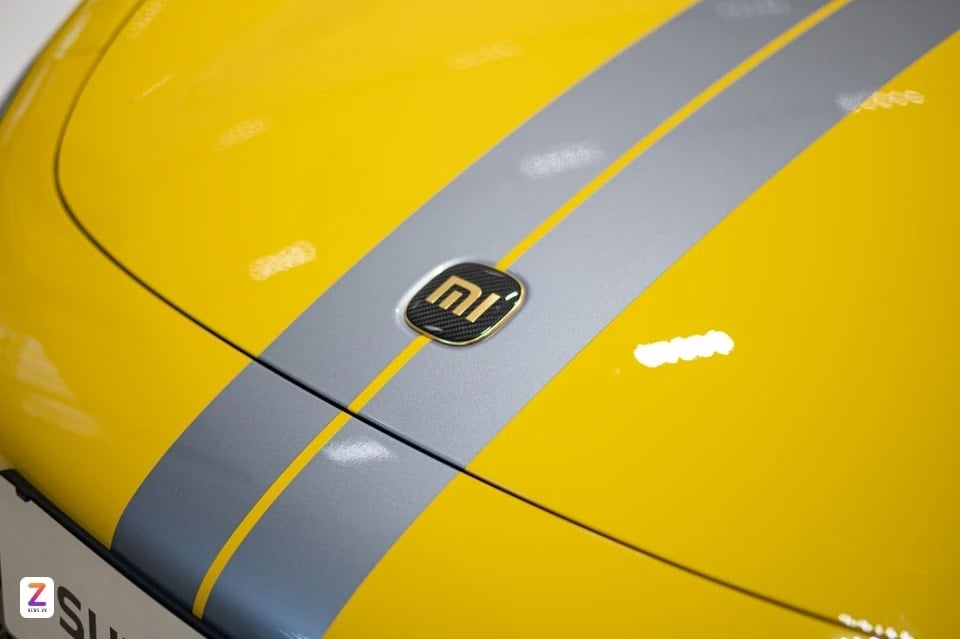
Verdict and Key Developments
According to Autohome, the court ordered Xiaomi Auto to refund the plaintiff's 20,000 yuan ($2,800) deposit, compensate 126,000 yuan ($17,640) equivalent to three times the price of optional accessories, and pay 10,000 yuan ($1,400) in legal fees. The lower court's ruling was upheld on appeal.
Summary timeline
- Customers complained that the "dual air ducts" detail on the SU7 Ultra's carbon fiber hood did not perform the function of cooling the wheels as advertised.
- After receiving the car, the user said that the internal structure of the carbon fiber lid is almost identical to the standard aluminum lid, only about 1.3 kg lighter.
- On May 7, Xiaomi Auto proposed two options: change to a standard hood or give away $280; many customers did not accept and filed a lawsuit.
- The first plaintiff won the case; Xiaomi appealed but was dismissed.
- There are now at least 300 people in an online user group demanding similar refunds and compensation.
Design: The "twin air ducts" detail from a technical perspective
The controversy revolved around the carbon fiber hood, which was advertised as having “dual air ducts” to cool the wheels. According to the customer who won the lawsuit, after actual inspection, the carbon fiber hood hardly performed the air duct or heat dissipation function as described; the internal structure was almost identical to the standard aluminum hood and was about 1.3 kg lighter.
The 1.3 kg weight difference is significant because it is a material and structural change that would normally be expected to make a significant difference in performance if air ducts were incorporated. In this case, the key point is that the customer believes that the presented design does not perform the corresponding function in actual use.
User Experience: Post-Sales Expectations and Feedback
After complaints arose, Xiaomi Auto offered two solutions (a standard hood replacement or a $280 credit). However, many car owners did not accept this solution and chose to sue. The first-instance judgment against Xiaomi was later upheld by the higher court, setting a precedent for similar requests from the user community.
Performance: Data lacking for comprehensive assessment
The available data sources do not provide any dynamic parameters, energy consumption or performance measurements of the SU7 Ultra. This article therefore focuses on the carbon fiber hood detail as a controversial item, avoiding any inferences about the impact on the overall performance of the car without independent data.
Safety and technology: The focus is on information transparency
The lawsuit does not address the SU7 Ultra's active/passive safety features or driver assistance systems. The only tech-related point of emphasis is the carbon fiber hood's aerodynamic claims, which were the subject of the court's "false advertising" finding when compared to customer reports.
Price and Positioning: Accessory Costs and Legal Implications
The carbon fiber hood was listed as costing 42,000 yuan ($5,880). The 126,000 yuan award, according to the ruling, is equivalent to three times the price of the optional accessory. Combined with the refund of the deposit and legal fees, the total financial liability for the first plaintiff in the case represents a significant risk, especially given that at least 300 other customers have made similar claims.
| Item | Amount (CNY) | Conversion (USD) | Note |
|---|---|---|---|
| Deposit refund | 20,000 | 2,800 | According to the verdict |
| Compensation (3 times the price of accessories) | 126,000 | 17,640 | Original accessory price: 42,000 RMB |
| Legal fees | 10,000 | 1,400 | According to the verdict |
Conclusion: Lessons on Functional Declaration
The SU7 Ultra case shows that any technical claim, especially one related to aerodynamics or cooling, needs to be consistent between description and reality. With the data available from the court ruling and customer feedback, the controversy centers on the gap between the advertised performance and the actual performance of the carbon fiber hood.
Pros: Legal process that clarifies consumer rights; specific and transparent information on accessory prices and compensation levels. Cons: lack of independent data on performance measurements of the above-mentioned details and lack of overall performance parameters of the SU7 Ultra. Given that at least 300 customers are claiming similar rights, this is a remarkable lesson for a young car brand that is building its reputation.
Source: https://baonghean.vn/xiaomi-su7-ultra-nhin-lai-nap-capo-soi-carbon-gay-tranh-cai-10308867.html


![[Photo] Prime Minister Pham Minh Chinh and South African President Matamela Cyril Ramaphosa attend the business forum](https://vphoto.vietnam.vn/thumb/1200x675/vietnam/resource/IMAGE/2025/10/24/1761302295638_dsc-0409-jpg.webp)


![[Photo] Solemn funeral of former Vice Chairman of the Council of Ministers Tran Phuong](https://vphoto.vietnam.vn/thumb/1200x675/vietnam/resource/IMAGE/2025/10/24/1761295093441_tang-le-tran-phuong-1998-4576-jpg.webp)
![[Photo] Prime Minister Pham Minh Chinh chairs conference on breakthrough solutions for social housing development](https://vphoto.vietnam.vn/thumb/1200x675/vietnam/resource/IMAGE/2025/10/24/1761294193033_dsc-0146-7834-jpg.webp)
![[Photo] President Luong Cuong chaired the welcoming ceremony and held talks with United Nations Secretary-General Antonio Guterres](https://vphoto.vietnam.vn/thumb/1200x675/vietnam/resource/IMAGE/2025/10/24/1761304699186_ndo_br_1-jpg.webp)
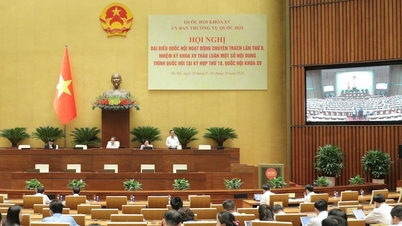






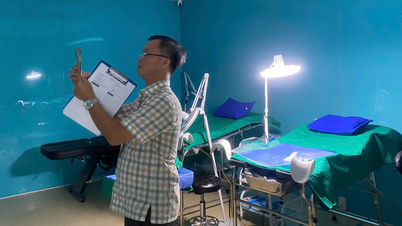




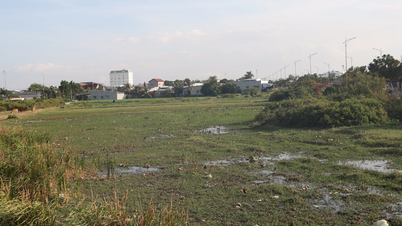



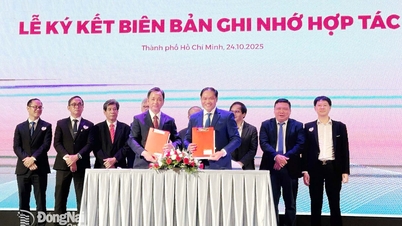
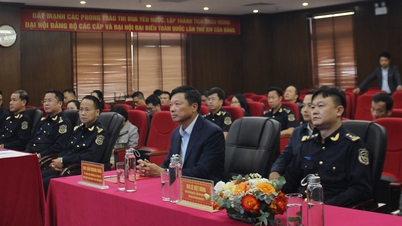







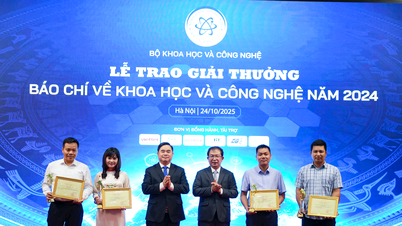

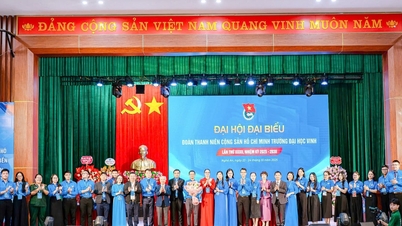
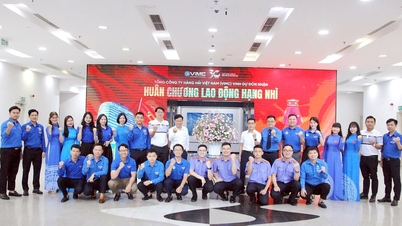

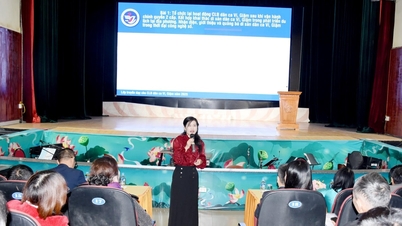




































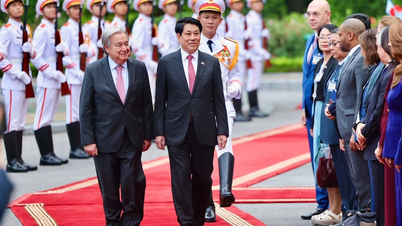



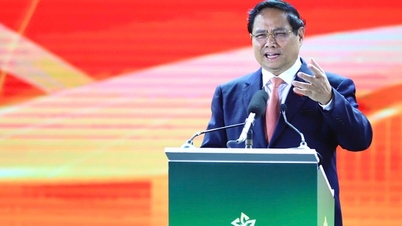

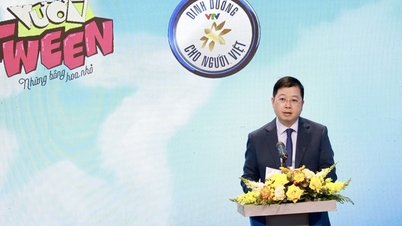

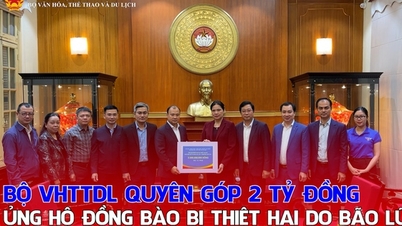

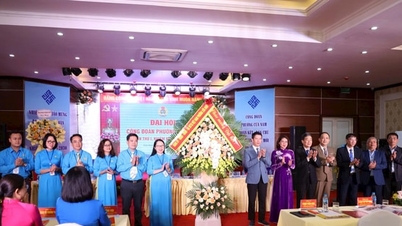



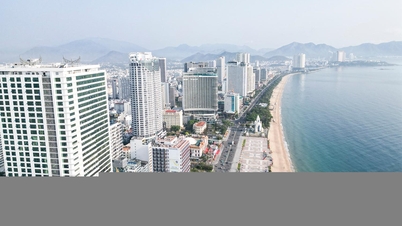
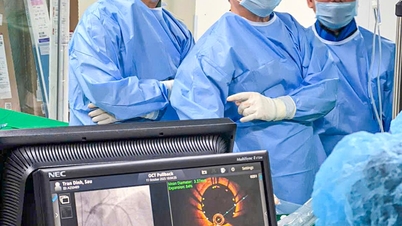
















Comment (0)